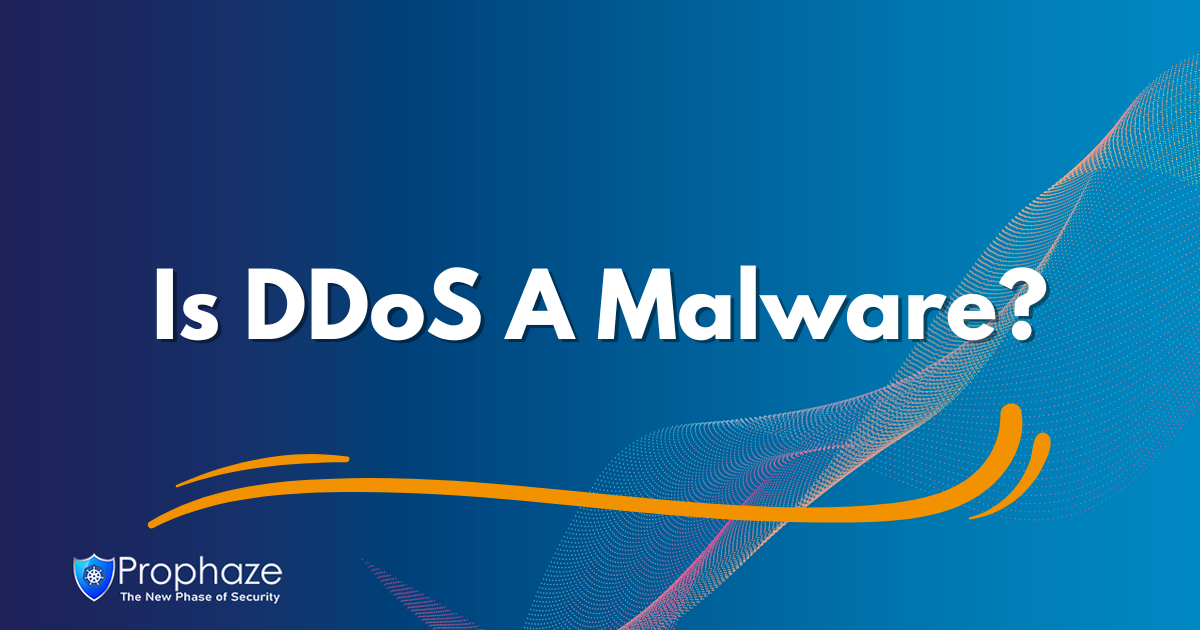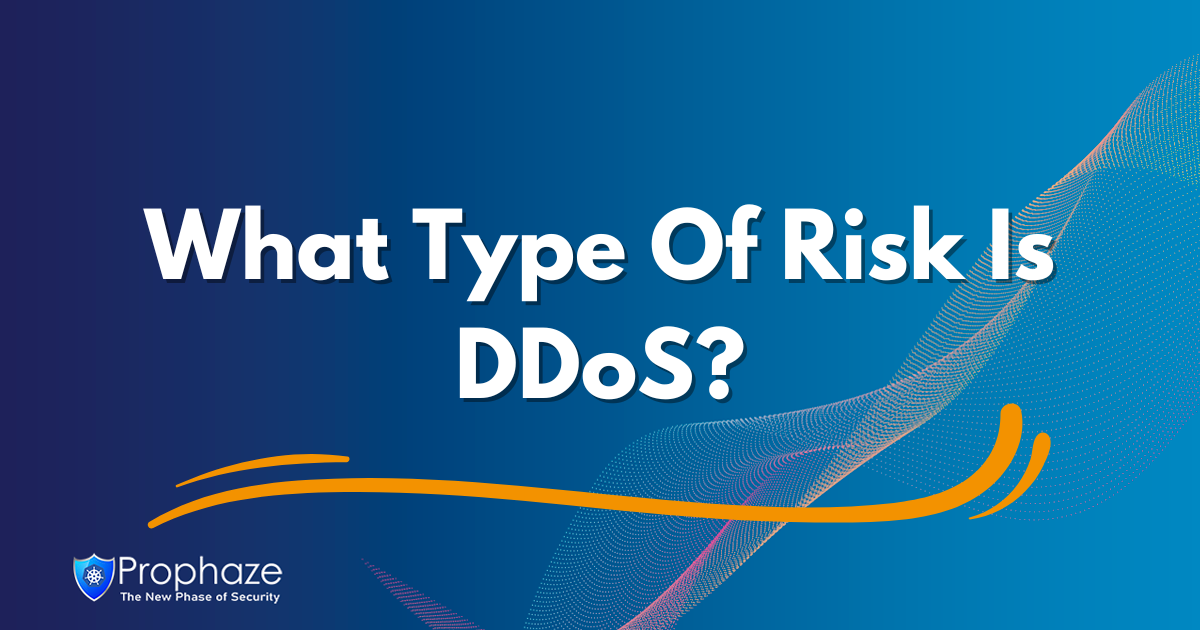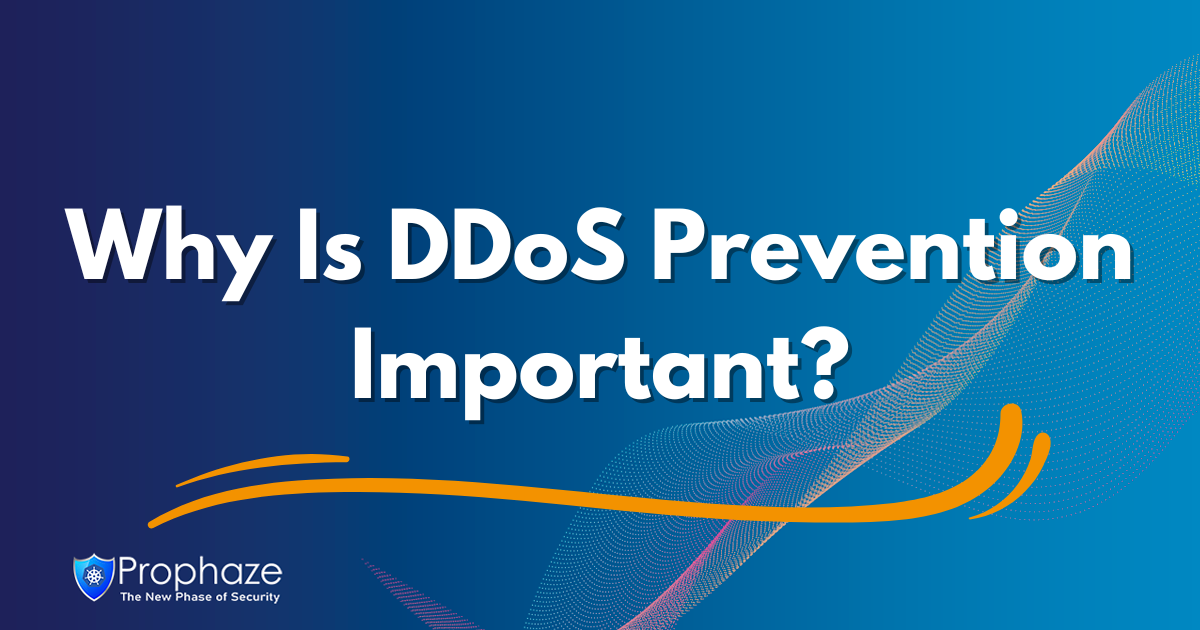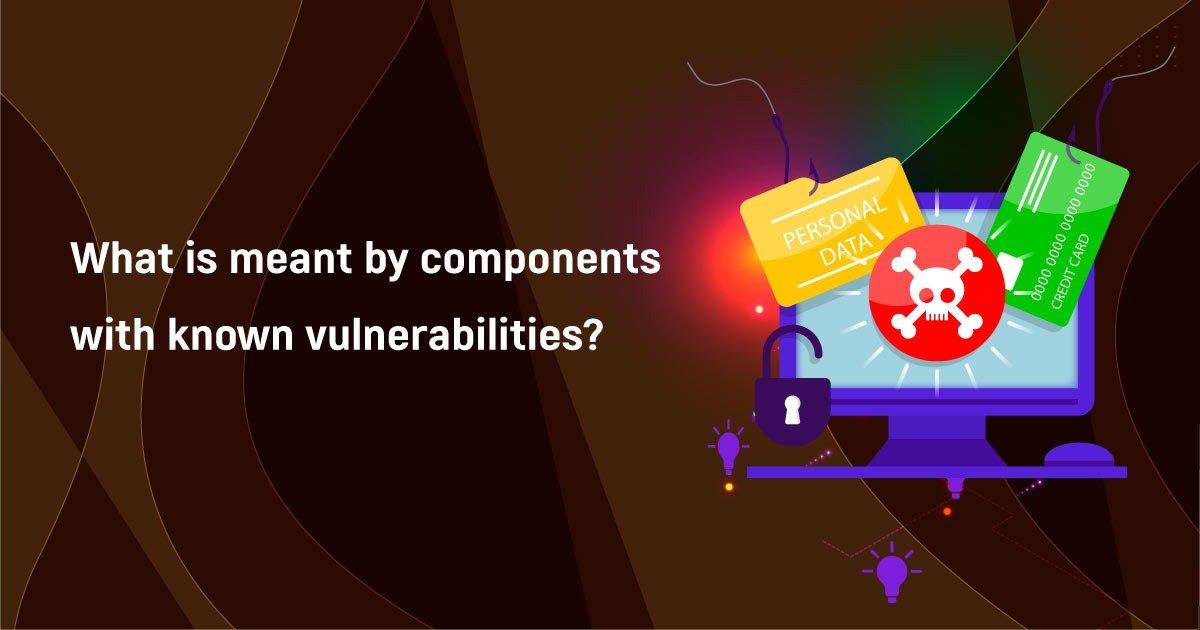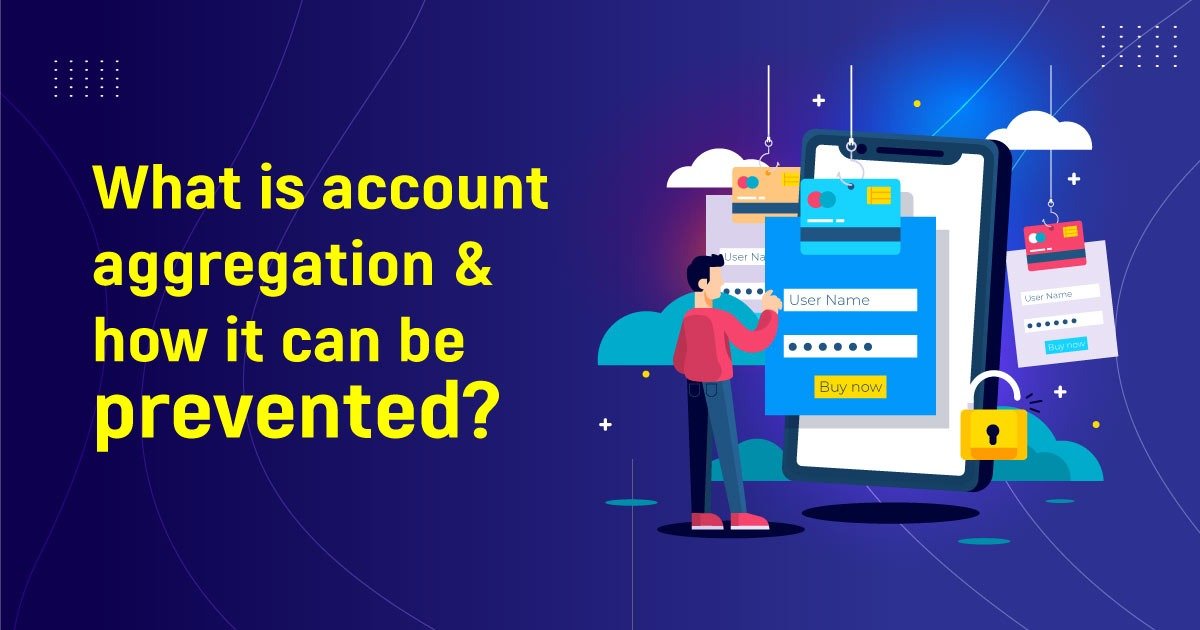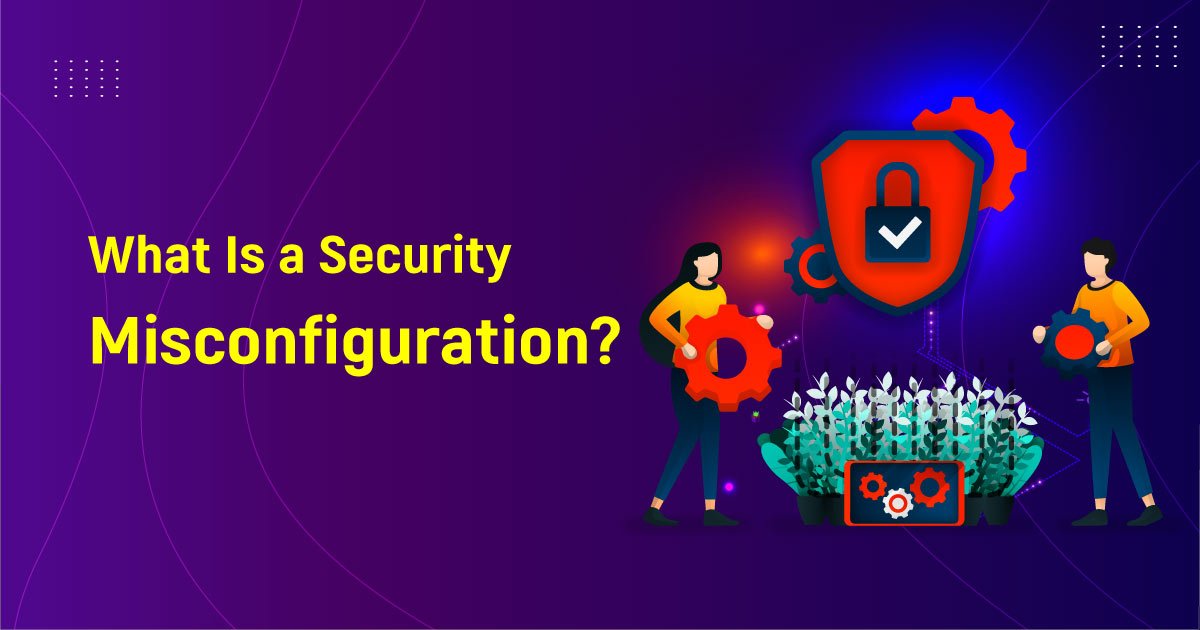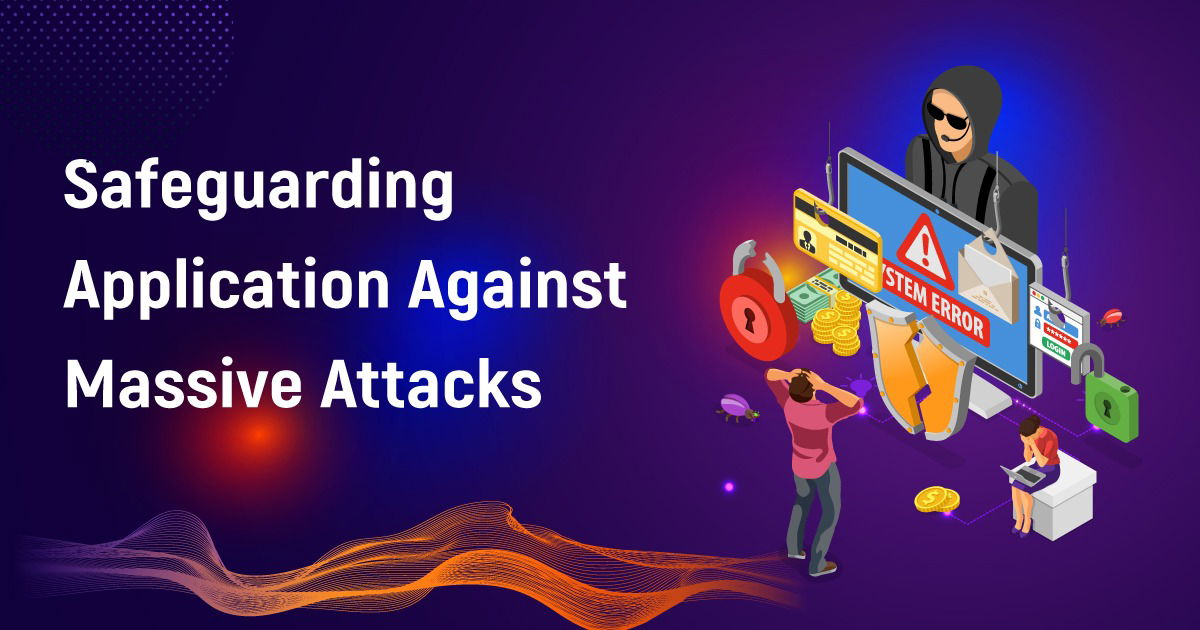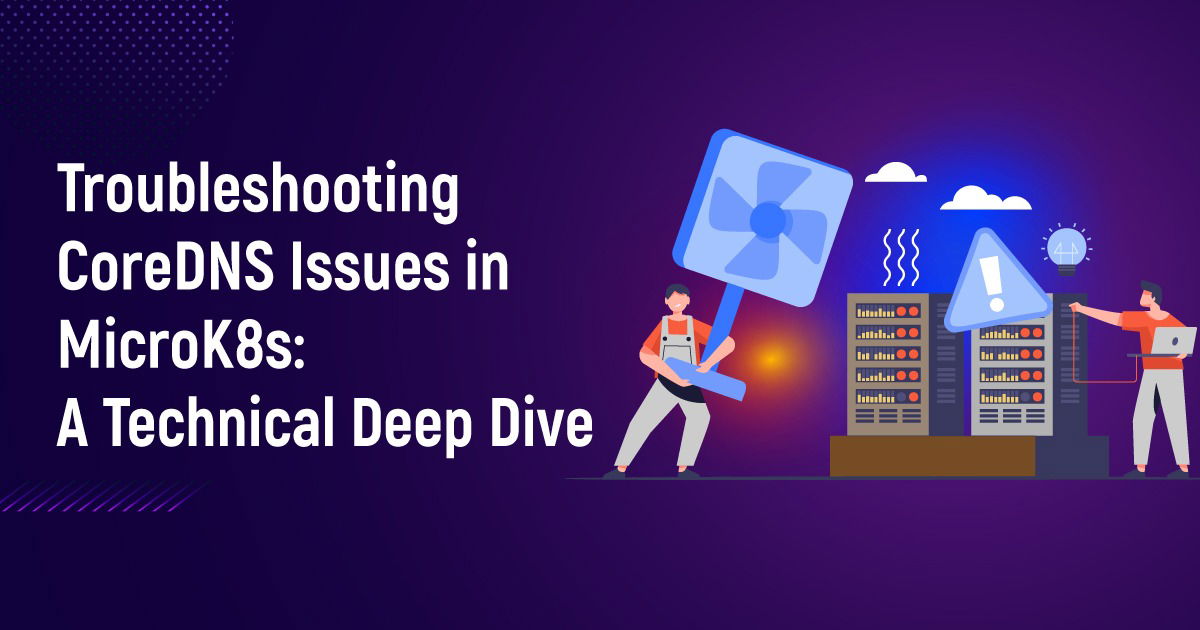Understanding the Average Daily Frequency of DDoS Attacks
How many DDoS attacks take place every day? This question frequently comes up when evaluating the DDoS threat landscape’s breadth. Because cyberattacks are dynamic, it is challenging to give an exact number. Exploring the frequency of DDoS attacks allows for insights. The frequency of DDoS attacks as a type of cyberattack is having an effect on businesses and organizations in a variety of industries. Hackers use DDoS attacks to obstruct online services, harm businesses financially, and damage reputations. Mull over these significant points:
Increasing Threat Environment:
DDoS attacks have significantly increased in frequency over time. The increase in connected devices and the availability of DDoS-for-hire services in gray markets are two factors that may be responsible for the growth. Hackers’ methods are constantly changing.
Industry Reports and Studies:
Reputable industry reports and studies provide insightful data on how frequently DDoS attacks occur. Although the numbers vary, these reports emphasize the size of the problem. For instance, a Nexusguard report states that 5,000 DDoS attacks occurred daily on average during the first half of 2021. In Q4 2020, Kaspersky observed an average of 323 DDoS attacks per day, according to another study.
Regional Variations:
Different regions and industries may experience different levels of DDoS attacks. In some areas, a higher concentration of attacks occurs due to geopolitical unrest or the prevalence of cybercriminal networks. Consequently, aware industries, such as financial services, e-commerce, and gaming, are frequent targets due to the potential financial gain associated with disrupting their operations.
Hidden Attacks and Underreporting:
It is important to note that not all DDoS attacks are reported or even detected. Some attempts are cunning and targeted, meant to take advantage of certain flaws without drawing attention to themselves. Organizations may also decide not to disclose DDoS attacks to preserve their reputation or avoid negative legal and regulatory repercussions. As a result, there are probably more DDoS attacks than are officially reported each day.
Conclusion
Although it can be difficult to estimate precisely, DDoS attacks are a common occurrence. Due to the constantly changing nature of cyber threats and the increasing number of connected devices, DDoS attacks happen frequently. To lessen the risks posed by these attacks, businesses and organizations must take the initiative to implement efficient DDoS protection measures. Organizations can strengthen their defenses and guarantee the availability, integrity, and reputation of their IT infrastructures in the face of this persistent threat by investing in comprehensive security strategies, including DDoS protection solutions.

